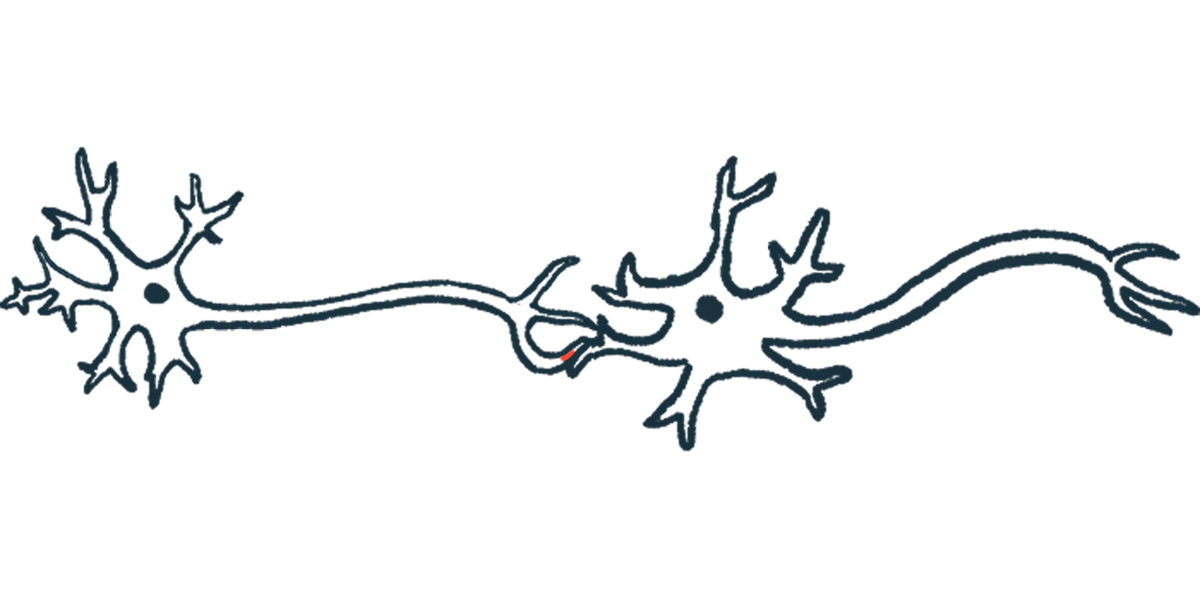Childhood tics and Parkinson’s point to disease complexities: Study
Rare cases of people with both conditions suggest complicated interplay

A case study of 10 people who experienced tics in childhood and developed Parkinson’s disease as adults illustrates how the underlying mechanisms of both disorders might be more complex than hypothesized.
Researchers looked at individuals whose tics continued after the onset of Parkinson’s symptoms and treatment. Most models suggest that tics and Parkinson’s have opposite molecular mechanisms involving the neurotransmitter dopamine.
These rare cases of people who experience both could complicate that picture, according to the researchers. Their findings suggest “tics may … arise from a more complex interplay between multiple neurotransmitter systems acting on several networks,” they wrote. This could complicate treatment approaches, which are not standardized, for individuals with both tics and Parkinson’s.
The study, “Tics and Parkinson’s Disease: Clinical and Pathophysiological Insights from a Rare Syndromic Association,” was published in Movement Disorders Clinical Practice.
Parkinson’s is caused by the degeneration of nerve cells in the brain that produce dopamine, a chemical messenger essential for coordinating movement, which can result in a variety of motor symptoms.
Focus on dopamine
Many Parkinson’s treatments, such as levodopa, are dopaminergic, meaning they aim to increase dopamine levels or mimic dopamine’s effects. In more advanced cases, deep brain stimulation (DBS) may be used to manage symptoms. While this approach can manage dopamine-related symptoms, it does not directly affect dopamine levels.
Tics, on the other hand, typically correlate with an overabundance of dopamine, which causes sudden, involuntary movements or sounds. They are a symptom of Tourette’s syndrome, a neurodevelopmental disorder, but can also occur without an underlying disease, which is considered chronic motor tic disorder (CMTD) if it lasts at least a year.
While Parkinson’s is typically diagnosed later in life, tics tend to emerge during childhood.
Reports of people with both tics and Parkinson’s are uncommon. This may be because of the conditions’ seemingly incompatible mechanisms — a lack of dopamine in one and an excess of dopamine in the other.
“However, this case series provides clear evidence contradicting this simplified model and demonstrates that neither the onset of [Parkinson’s disease] nor the use of dopaminergic agents directly impacts tics,” the team wrote.
The study provided detailed descriptions of three of the 10 cases of overlapping tics and Parkinson’s. Across all 10, the median age of Parkinson’s diagnosis was 57, whereas tics began during childhood or adolescence. Seven patients had Tourette’s, and three had CMTD.
One case involved a 51-year-old man who began experiencing CMTD as a child. His tics did not change in frequency or severity when he started showing Parkinson’s motor symptoms. His motor symptoms eased after starting on levodopa, but his tic remained unchanged. “Despite a progressive deterioration of parkinsonism over a four-year follow-up, there was neither objective nor subjective change in tic severity, irrespective of dopaminergic treatment,” the researchers wrote.
In another case, a 77-year-old woman with Tourette’s received DBS implants 21 years after her Parkinson’s diagnosis. As in the first case, her tics remained unchanged as her Parkinson’s progressed, regardless of DBS therapy. She could distinguish between involuntary movements related to her levodopa therapy and those related to her Tourette’s.
The third case involved a 50-year-old man diagnosed with young-onset Parkinson’s when he was 36. He experienced tics during childhood, but they subsided during adolescence. After DBS implantation, neurostimulation above a certain level of intensity triggered a euphoric mood and the return of his tics.
As these three cases illustrate, the relationship between Parkinson’s, tics, and dopamine is not straightforward. Changes in other neurotransmitter systems that contribute to neural signaling may help explain the seeming incongruities, according to the researchers. The cases support “a growing body of evidence … [of] the emerging role of other neurotransmitter abnormalities in chronic tic disorders,” they wrote.
There also may be a mental health component, the researchers noted, as in the case of the man whose mood changes accompanied tics after DBS. In a separate case, a man reported increased anxiety, a nonmotor Parkinson’s symptom, during states of low dopamine, which in turn triggered an increase in his tics.
“For patients with comorbid [Parkinson’s disease] and tics pharmacological treatment is challenging, with no established guidelines,” the researchers wrote. The case series demonstrates that the clinical signs and underlying causes of each disorder may interact in complex ways, which could have implications for treatment.




